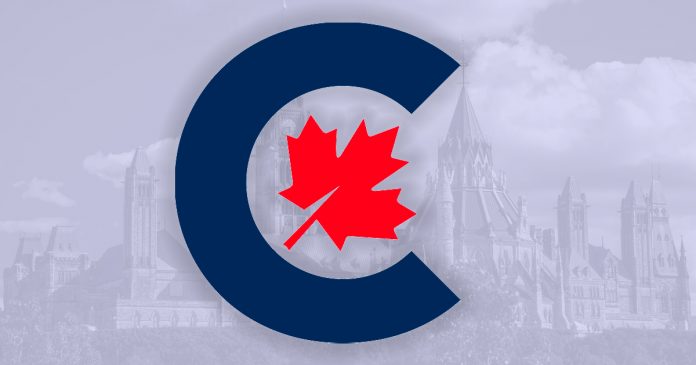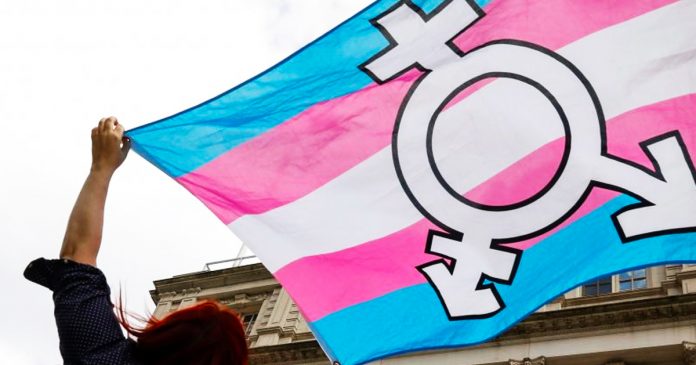One of the two suspects wanted in a deadly stabbing rampage in Saskatchewan has been found dead, according to the RCMP.
Damien Sanderson’s body was found near a house in the James Smith Cree Nation, the Saskatchewan Indigenous community where some of the alleged murders took place. The RCMP believes his injuries were not self-inflicted.
The other wanted suspect, Myles Sanderson, is still at large and is believed by police to be injured.
Earlier on Monday, the RCMP charged Myles with three counts of first-degree murder, one count of attempted murder and one count of break and enter.
Damien was charged with one count of first-degree murder, one count of attempted murder and one count of break and enter.
The hunt for the two brothers began on Sunday morning following multiple reports of stabbings. The RCMP said the victims were attacked at 13 locations around the James Smith Cree Nation and the nearby village of Weldon, northeast of Saskatoon.
A dangerous persons alert was also issued in Manitoba and Alberta.
“We are using every human, investigational and technological resource we have available to locate and arrest the persons responsible,” the assistant RCMP commissioner in charge of Saskatchewan Rhonda Blackmore said in a statement Monday.
“Hundreds of Saskatchewan RCMP staff are dedicated to this investigation – this includes operators taking 911 calls and tips, to front-line officers patrolling our streets to the on-scene specialized forensic and major crime unit teams.”
While some of the attacks appear to have been targeted, others may have been random. The stabbings left 10 dead and 18 injured. Among those killed in the attacks are a mother of two and a 77-year-old man.
Saskatoon police confirmed they have been searching for Myles since May when he was classified as “unlawfully at large.”
According to CBC News, Myles had been serving a five-year federal sentence for assault, robbery, mischief and uttering threats. He was statutorily released and then disappeared.
Myles Sanderson is described as 30 years old, six-foot-one and 200 pounds with black hair and brown eyes.
The RCMP believed the two suspects were travelling in a black Nissan Rogue with Saskatchewan licence plate 119 MPI.
Saskatchewan Premier Scott Moe condemned the brutal attack and said the police will provide extra security to residents, including the victims being treated at hospitals.
“Yesterday’s attacks were horrific beyond anything that any of us could ever imagine,” said Moe in a video posted on social media.
“There are no words to adequately describe the pain and loss suffered by the victims’ families – this loss caused by these evil, vicious, senseless attacks. All of Saskatchewan grieves with you.”



























